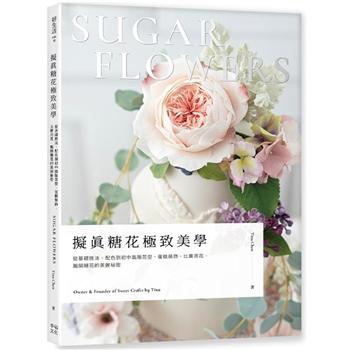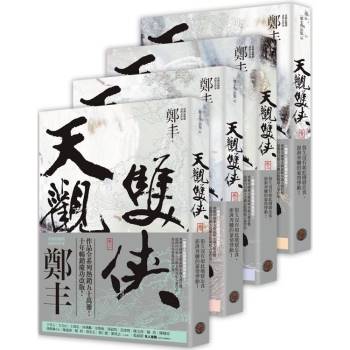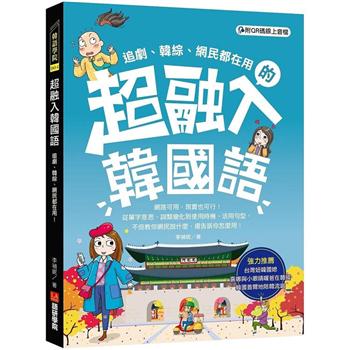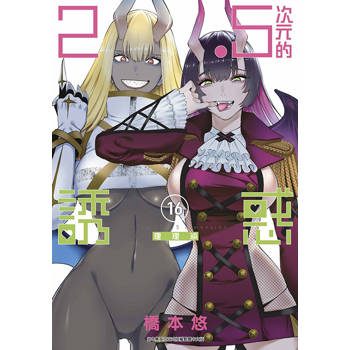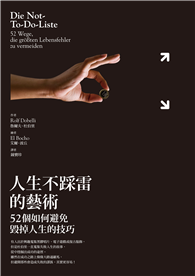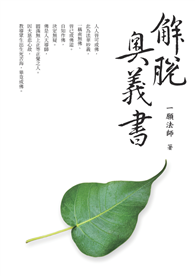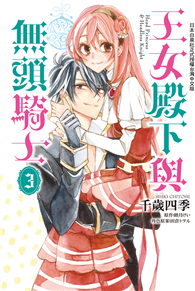The first book is analysing the 2 existing Tarot cards decks and describes them as stages of awareness. "The Fool’s Tarot" is accompanied by a uniquely designed deck with evolving fitting patterns presenting the different phases or cards of the Tarot decks. The ’Fool’ is the centre of its system. These series and cards are mainly used to develop an awareness of all of its underlying and reoccurring patterns, ultimately leading to a third phase presented as a third Arcana. The Minor and Major Arcana decks are considered as two initial phases, in which random experiences are made before becoming conscious and receiving a sense of preparedness and alertness. This third Arcana will reveal itself as a restoration phase. The Major Arcana before that was based upon reoccurring phases and patterns of experiences, as how they were sensed via instinct, feelings, ratio, and practice. The third Arcana will always take and describe the various phases of the 4 senses together, leading us to an overview and to the development of different specific forms of intelligence. These last phases correspond to the 32 paths of Wisdom, known already from the ’Sepher Yetsirah’. Here they are called 32 phases of intelligence and awareness. One of these intelligences is the understanding of the system of Vowels and Consonants in Words and Language. Before being able to come to any of the acquired intelligences, one must learn to discern in which phase situations are in, what is already true and what is only in development. In that way, the individual experience can be transformed into something that can be made useful within a larger group of people. While in the first two Arcanas, one learns to cope with situations individually, the third Arcana could give ideas how a leader in a group or within a company could deal with all sorts of situations.
Any individual automatically falls back on his personal role of Foolishness. While people tend to use Tarot cards for gaining control of circumstances, by focusing upon the awareness over patterns, it no longer matters what is encountered, but how things are approached. In that way, one’s attention gradually shifts to the stage of attention towards a mentality that gives full attention to potential restauration.
The Fool’s Tarot is part of a trilogy. The second book will show dependencies on larger patterns of formation, like group patterns, a balance between the Elements, or the Year’s Cycle. Th e third book will show a full scope vision of direction, a synthesis.
Biographical influences of importance are a long membership of the Theosophical Society, a brief encounter to the Gurdjieff movement and an extensive period of art school.

